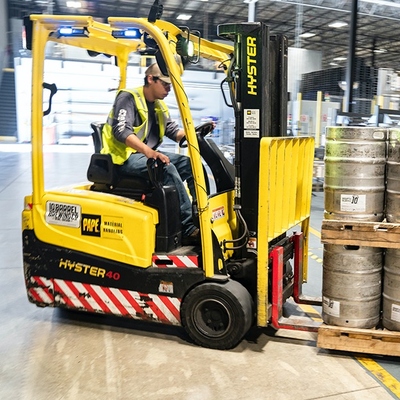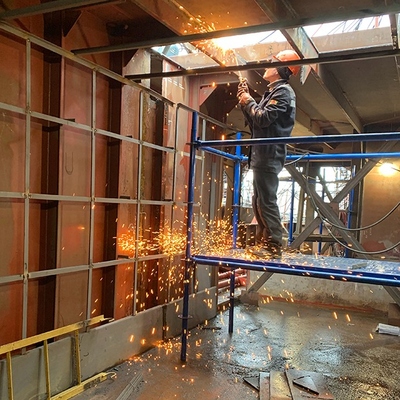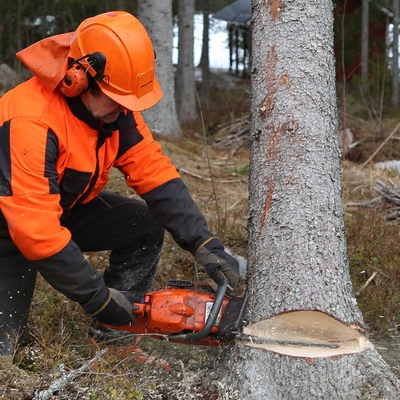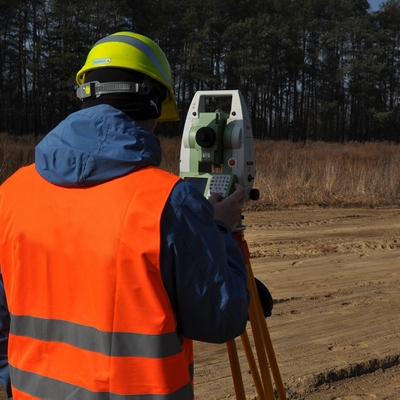What are the risks for lone workers?
Lone workers face the same hazards at work as other employees, but being alone means there is a greater risk of these hazards causing harm.
Working alone is a daily occurrence for around 6.8million people in the UK.
Statistics from the British Crime Survey have indicated that as many as 150 lone workers are attacked every day (both physical and verbal). These attacks take place across a number of industries and job roles where people can be found working alone.
Data from the Crime Survey for England and Wales suggests that there were an estimated 688,000 incidents of violence at work in 2019/20. According to the Labour Force Survey, nine out of every ten workers who were assaulted were public sector staff. - IOSH.
Firstly, lone workers and the potential risks they are likely to be exposed to need to be identified: who are they and what do they do? A risk assessment will identify risks based on:
- people — with whom may the lone worker come into contact?
- environment — where the employee will be working
- task — the job task they have to perform.
A risk assessment will also define the level of risk — low, medium or high — and take into account the existing measures in place to mitigate risk.
How can lone workers be managed on the worksite?
RASOR is a versatile product which can deliver lone worker support while acting as a gateway for Reactec’s ecosystem of workplace wearable sensors.
Learn how Reactec can helpLegal obligations & regulations
Although there are no absolute restrictions and no legal prohibition on working alone, the broad duties of the Health and Safety at Work, etc Act 1974 and the Management of Health and Safety at Work Regulations 1999 still apply; in particular identifying hazards, assessing the potential risks involved and putting measures in place to avoid or control the risks.Lone workers are exposed to two main risks: social risk — the threat of violence and aggression — and environmental risk, while working in normal, abnormal, hazardous, unhygienic and isolated conditions.
As an employer, you must manage any health and safety risks before people can work alone. This applies to anyone contracted to work for you, including self-employed people.
Lone workers are those who work by themselves without close or direct supervision, for example:
- as delivery drivers, health workers or engineers
- as security staff or cleaners
- in warehouses or petrol stations
- at home
There will always be greater risks for lone workers without direct supervision or anyone to help them if things go wrong.
https://www.hse.gov.uk/pubns/indg73.htm
Manage the risks of working alone
Under the Management of Health and Safety at Work Regulations, you must manage the risk to lone workers.
Think about who will be involved and which hazards could harm those working alone.
You must:
- train, supervise and monitor lone workers
- keep in touch with them and respond to any incident
When a lone worker will be at someone else's workplace you must ask that employer about any risks and control measures to make sure they are protected.
Risks to consider
Risks that particularly affect lone workers include:
- violence in the workplace
- stress and mental health or wellbeing
- a person's medical suitability to work alone
- the workplace itself, for example if it's in a rural or isolated area
High-risk work
Certain high-risk work requires at least one other person. This includes work:
- in a confined space, where a supervisor may need to be there, along with someone in a rescue role
- near exposed live electricity conductors
- in diving operations
- in vehicles carrying explosives
- with fumigation
Violence
Lone working does not always mean a higher risk of violence, but it does make workers more vulnerable.
The lack of nearby support makes it harder for them to prevent an incident. The Health and Safety Executive (HSE) defines violence as 'any incident in which a person is abused, threatened or assaulted in circumstances relating to their work' – this includes verbal threats.
Some of the key workplace violence risks include:
- late evening or early morning work, when fewer workers are around
- lone workers, such as security staff, who have authority over customers and are enforcing rules
- people affected by alcohol or drugs
- carrying money or valuable equipment
Support and training
Put measures in place to support any worker who's experienced violence. Workers can play their part by identifying and reporting incidents.
HSE's guidance on work-related violence includes advice and case studies on preventing violence towards lone workers.
Stress, mental health and wellbeing
Lone working can cause work-related stress and affect people's mental health.
HSE's Stress Management Standards include the importance of relationships with, and support from, other workers.
Being away from managers and colleagues could make it difficult to get proper support.
Keep in touch
Put procedures in place that enable direct contact with the lone worker so their manager can recognise signs of stress as early as possible.
If contact is poor, workers may feel disconnected, isolated or abandoned. This can affect their performance and potentially their stress levels and mental health.
Working alone with a medical condition
If you are unsure whether someone's health condition means they are safe to work alone, get medical advice. Think about both routine work and possible emergencies that may put additional physical and mental burdens on the lone worker.
First aid and emergencies
Put emergency procedures in place and train lone workers in how to use them.
Your risk assessment may indicate lone workers should:
- carry first aid equipment
- receive first aid training, including how to use first aid on themselves
- have access to adequate first aid facilities
Emergency procedures should include guidance on how and when lone workers should contact their employer, including details of any emergency contact numbers.
Monitor lone workers' health
Some lone workers can have specific risks to their health. For example, lone HGV drivers have high physical and mental demands on them, with long periods behind the wheel. You should monitor their health and adapt drivers' work to allow for any specific health needs.
Training, supervision and monitoring
Training
It's harder for lone workers to get help, so they may need extra training. They should understand any risks in their work and how to control them.
Training is particularly important:
- where there is limited supervision to control, guide and help in uncertain situations
- in enabling people to cope with unexpected situations, such as those involving violence
You should set limits on what can be done while working alone. Make sure workers are:
- competent to deal with the requirements of the job
- trained in using any technical solutions
- able to recognise when they should get advice
Supervision
Base your levels of supervision on your risk assessment – the higher the risk, the more supervision they will need. This will also depend on their ability to identify and handle health and safety issues.
The amount of supervision depends on:
- the risks involved
- their ability to identify and handle health and safety issues
It's a good idea for a new worker to be supervised at first if they're:
- being trained
- doing a job with specific risks
- dealing with new situations
Monitoring and keeping in touch
You must monitor your lone workers and keep in touch with them. Make sure they understand any monitoring system and procedures you use. These may include:
- when supervisors should visit and observe lone workers
- knowing where lone workers are, with pre-agreed intervals of regular contact, using phones, radios, email etc
- other devices for raising the alarm, operated manually or automatically
- a reliable system to ensure a lone worker has returned to their base once they have completed their task
Regularly test these systems and all emergency procedures to ensure lone workers can be contacted if a problem or emergency is identified.
How can the risk be managed or reduced
Lone Worker devices
There are a number of innovative products available to assist lone workers on the market. With so many options, the process of choosing a lone worker device that is fit for purpose can be a daunting task. Reactec’s RASOR device is best suited to mobile workers who may face environmental risks but not social risks; it's considered a companion device to offer lone workers as an additional service, as opposed to a critical service.




